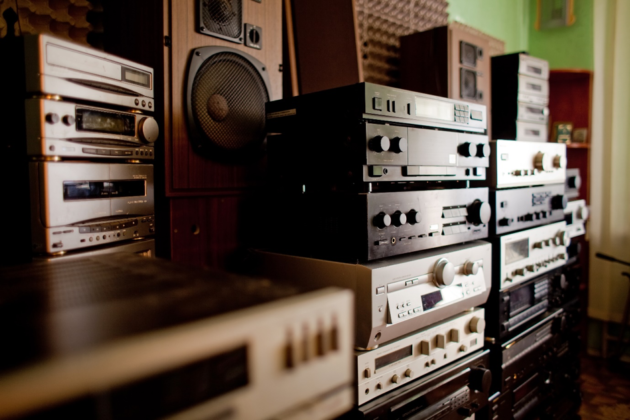
Listening to music will be more enjoyable if we use speakers to clarify the quality of the music so that it is more pleasant to hear. The quality of the music you download can also affect the sound that comes out of the speakers. Therefore, to support speakers with good quality, it is also necessary to download songs with good and clear music quality, and you can find them by visiting the Tubidy download music site.
Speakers have many types and also various specifications that indicate different qualities. You need to be thorough enough to be able to find the best quality speakers and not disappoint.
You certainly won’t be able to find good speakers if you can’t read or understand the meaning of the specifications of a speaker, while all of these aspects are important for you to pay attention to.
The following is a guide to understanding speaker specifications for those of you who are still beginners so you don’t choose the wrong one.
Understanding Speaker Specifications
A loudspeaker actually has general specifications that become standard, for example the shape of the speaker or the size of the speaker. However, there are still some features or audio quality that makes the difference, and these are some of the things you need to pay attention to.
1. Sensitivity or Sound Pressure Level
The higher the sensitivity value, the louder your speaker will be. Speakers with a sensitivity range of more than 90 dB are considered has a very good quality, especially when used as equipment on a performance or used as a field located sound system speakers.
You can make an analogy like this. If it is quiet and is 0 dB, then the sound of people whispering is 15-25 dB, then the noise level in the yard of the house/office is 40-60 dB. The sound of a normal person talking is 65-70 dB, the sound of a lawn mower is 90 dB, and a car horn is 110 dB.
As a conclusion, the higher the SPL, the more deafening the sound of the speakers will be, and for ideal room use a speaker sensitivity/SPL of 90 dB and below, and for field purposes is 90 dB and above.
Read more : 4 Best Smart Speakers for Your Home
2. Loudspeaker Impedance
Impedance is measured in ohms/ Ω unit; this is another very important loudspeaker specification that you should look into. For example, the speaker is like a hose and the water will flow through it as an electric current or audio signal. The audio signal is water which will be converted into sound through the speakers.
If the hose has a narrow orifice or has a high resistance, then less water will flow through, and if the hose has a bigger orifice or have a low resistance, then more water will flow through. In conclusion, low impedance means large current and high impedance means small current. To find music with above average quality, the method is very easy and all you have to do is search for the Tubidy download music site.
3. Loudspeaker Frequency Response
Let’s take an example number of specifications of a speaker where: 65 Hz-20 kHz. The 65Hz number at the beginning represents the bass output, which means how low a speaker can play the frequency. The lower the number, the deeper the bass sound that can be produced. Meanwhile, the number 20 kHz/ 20,000 Hz represents the highest treble sound frequency.
4. Power Handling:
Measured in Watts/ W, the power handling specification of a speaker indicates how much power a speaker can carry without causing damage. Your speakers may be damaged if they are subjected to more power than stated in the specifications.
5. Signal-To-Noise Ratio:
This is the sound produced by the speaker, which includes several levels of noise. In other words, audio signals are sent to speakers which are then converted into the sounds we hear. But the sound we hear is not a pure audio signal that the speakers get; in fact, it also includes some level of noise. This noise or noise is generated by the internal components of the speaker or device. You can find music with a very good quality by search for the Tubidy download music site.
6. Loudspeaker Size/Diameter:
The size or diameter of the speaker is more often referred to in INCH units. It is believed that a speaker that is larger and heavier will sound better than one that is small and light. In my opinion, this is a matter of capacity, the larger the size of the speaker, the greater the capacity.
Those are some things you need to pay attention to and if you want to find good quality music to support the performance of your speakers, you can search for Tubidy download music. You will find awesome music with a high quality voice that can boost the sensation in the speaker.
